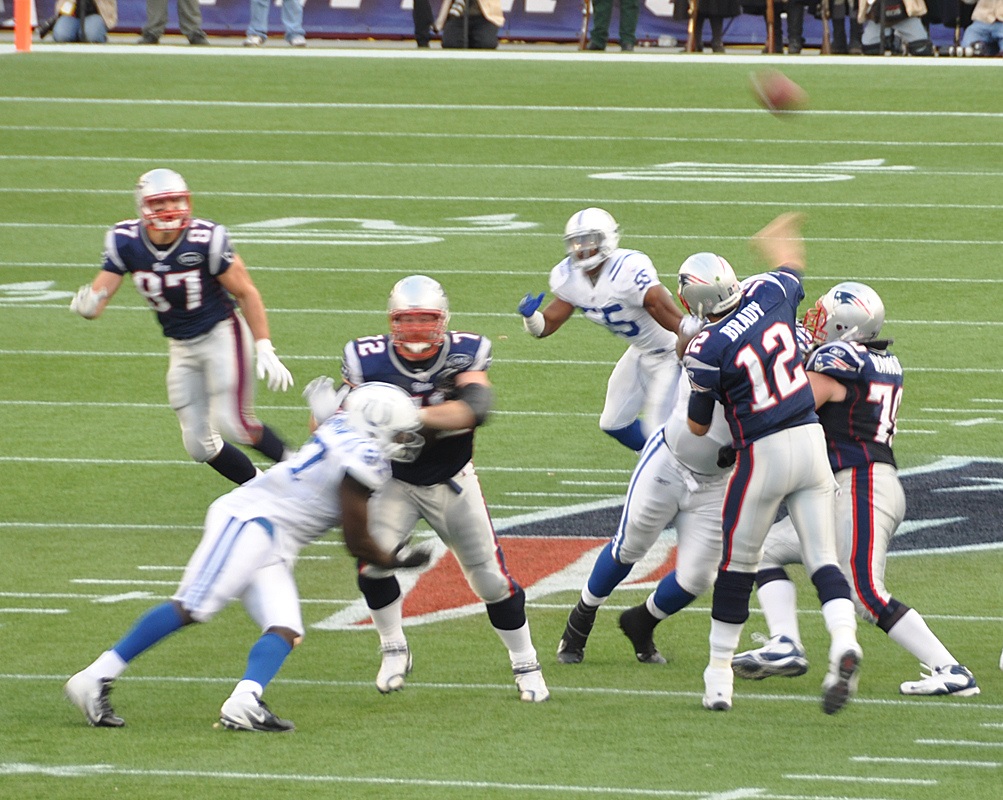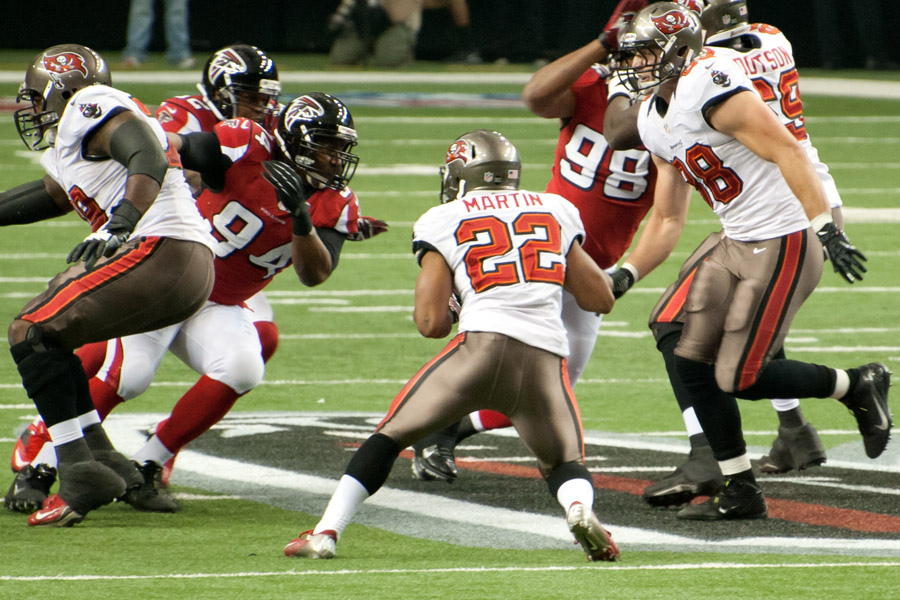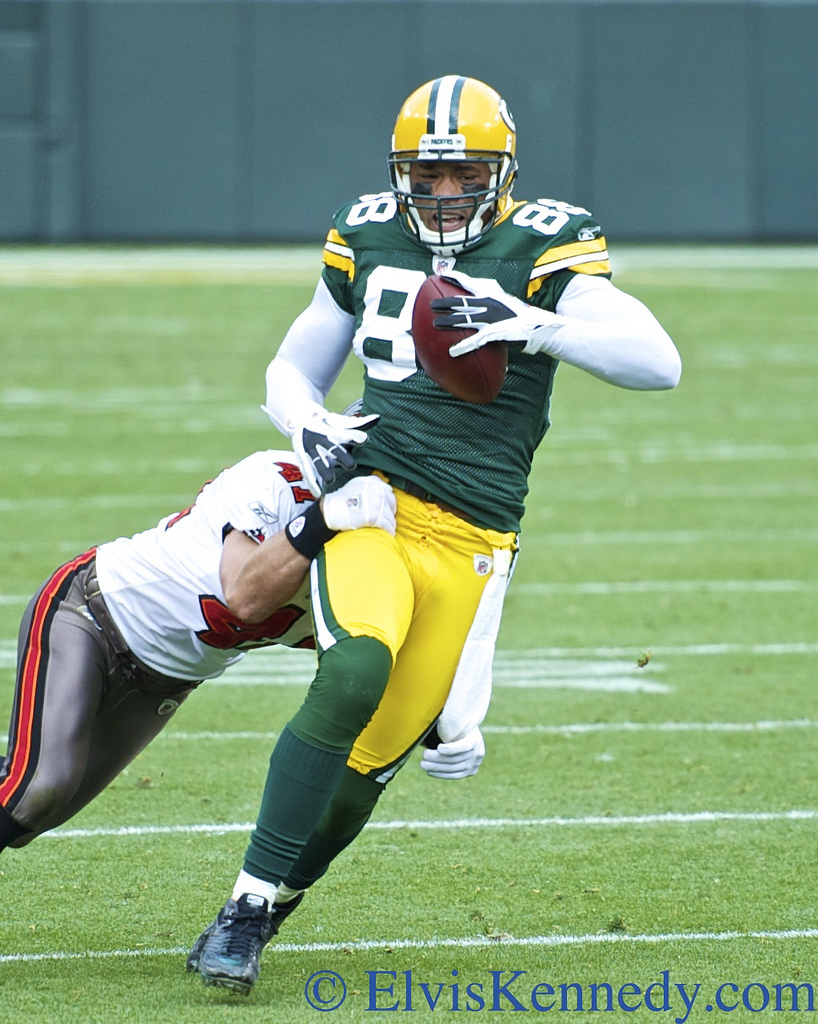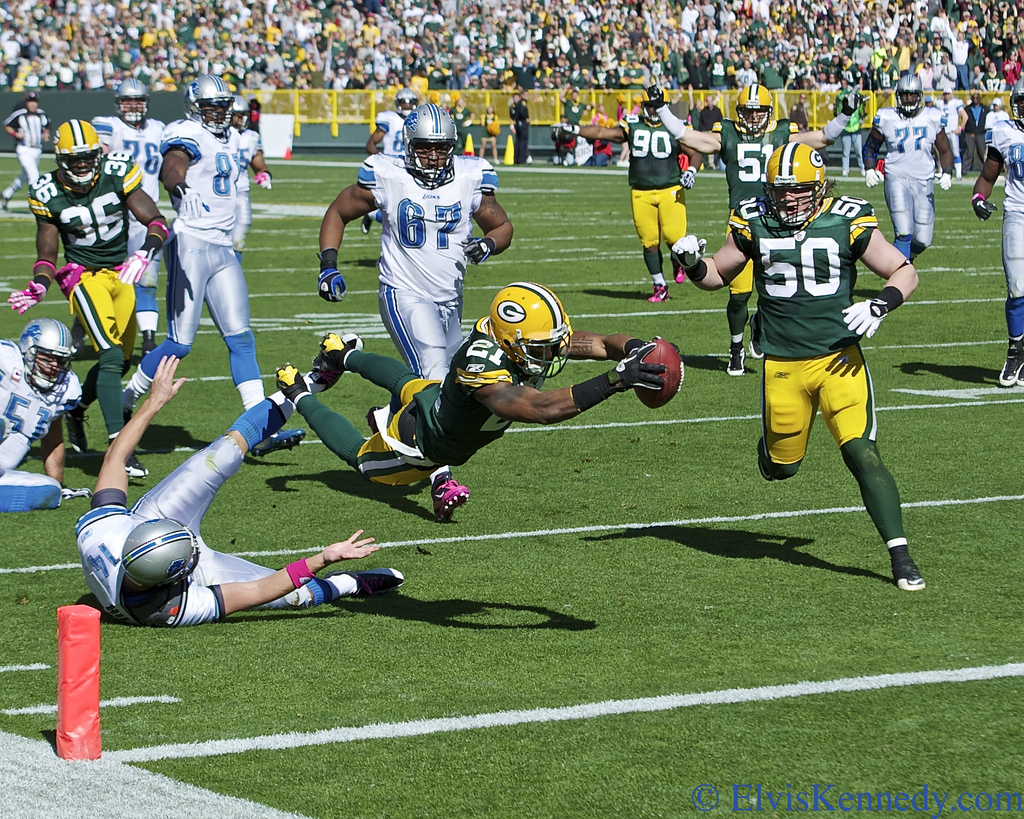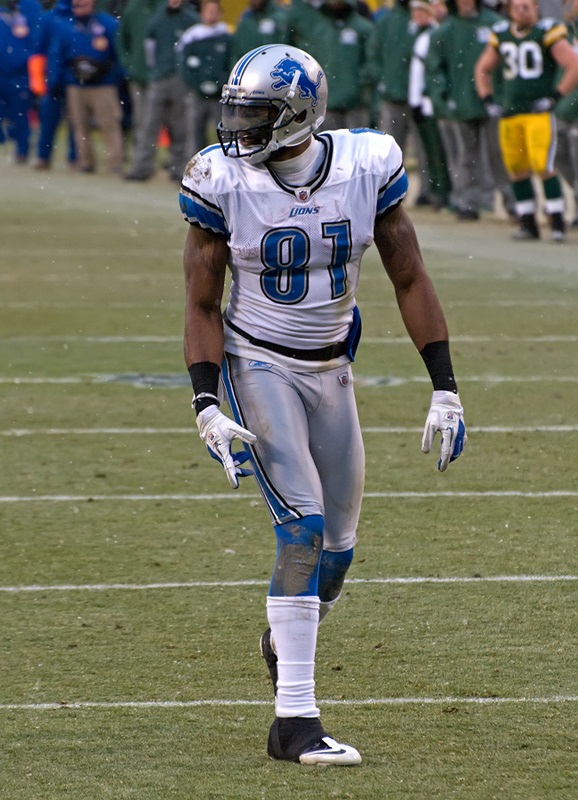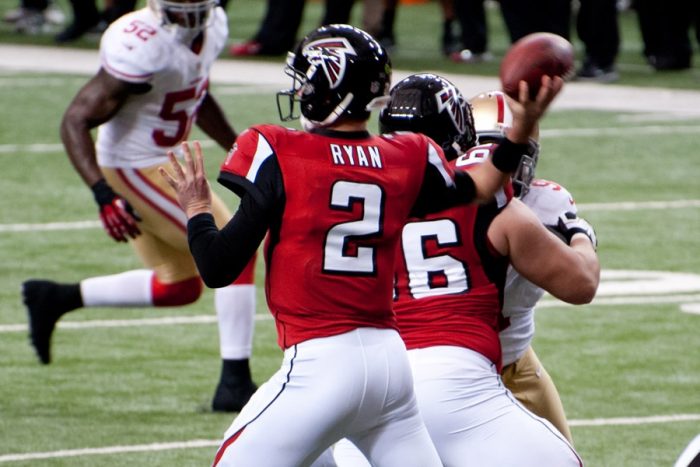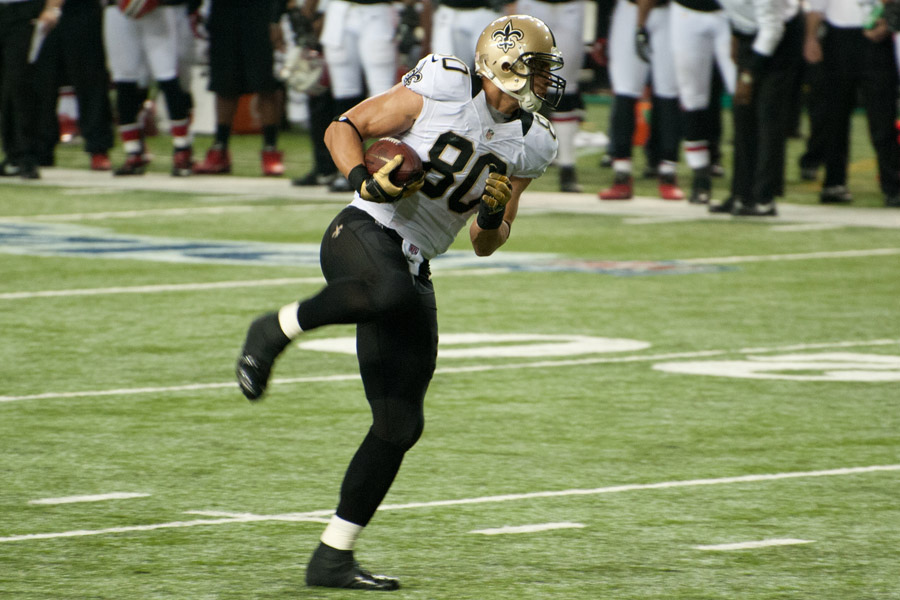
I have written close to 500 articles about fantasy football. This is the one I’m most confident will make you a better fantasy owner. It might be the best thing I’ve learned as a fantasy owner in years. Ironically, the person who provided me the majority of this knowledge has no experience playing fantasy football.
In nearly 20 years of writing about this hobby, I’ve never read a good article that discusses how to become better at making trades. I’m sure there are some, but not in the circles I’ve traveled as a fantasy writer (and it’s a pretty broad circle). I broached the topic with Sigmund Bloom this afternoon when he called me to share his rant against trading Michael Vick.
Bloom agreed he hasn’t seen any quality articles about the strategies behind making deals. He proposed we collaborate one night on the subject. A trained lawyer, Bloom has some good negotiation skills. I also have some chops of my own as a former salesman (when I actually try). However, the best negotiator I know is my wife, Alicia.
Those of you who read me regularly know by now that when I invoke my wife’s name in writing 99 percent of the time it is for comic relief. Today is that one percent exception. Alicia is a corporate buyer. With millions of dollars of spend under her responsibility, she negotiates for a living with Fortune 100 companies. Her negotiation style is also regarded as rare in the field because she’s adept at several styles rather than relying on just one.
Some of my best friends have benefited from her negotiation advice in recent years. It inspired me to attempt to write this article this summer, but I just didn’t have enough perspective to translate her knowledge to fantasy football. I wasn’t asking her the right questions. The combination of Bloom’s initial topic, my wife’s knowledge, and some information I acquired just a few days ago while covering a non-football story at my day job helped me figure out the right questions to ask.
I haven’t been a good trade negotiator in fantasy football. Some who got the worse end of deals with me might disagree, but they’re looking at the art of the deal the wrong way.
I’m lucky when I get time to assess my collective free agent pools for 30 minutes a week. I’m in too many leagues and I’m likely to be giving notice in half of them this spring. I want to have time to analyze my league’s market and negotiate on behalf of my teams.
This year I’ve already accepted and turned down two deals I shouldn’t have in dynasty leagues. The reason is I never had a clear understanding of good negotiation tactics and what is required to cultivate them.
Until now.
Part I: Adopt A Negotiator’s Mindset
There are three fundamental things you have to internalize as a fantasy owner if you want to become good at the art of the deal:
1. You need to know the spectrum of players you want and the spectrum of players you’re willing to give away.
2. You need to have real commitment to your limits and be willing to lose.
3. You need to evaluate your skills at trade negotiation more by the process and less by the end result.
If you don’t approach negotiations with these three steps, you are are doing no better than searching for the next bandage to cover the wound in need of surgery. The best way to begin is to take these three steps and work backwards.
Be Process Oriented More Than Results-Oriented And The Results Will Come
Becoming a good negotiator is a process. You have to be mindful of the steps and begin looking at the deal with perspective. Diplomats and business people call it vision; con artists call it the long con. It’s the same skill applied in different spheres.
Good negotiators understand that they will win and lose deals, but one of the best characteristics of a winning negotiator is that the person is easy to work with. In fantasy football this means you have to engage people and keep them interested in working with you. It’s a quality you have to develop with every potential deal. Even if a trade doesn’t come to fruition or a deal backfires for you or your trade partner, the way you conducted the negotiations will make that person return to you for future deals.
For the rest, subscribe to Footballguys.com
This is ultimately what you want.


